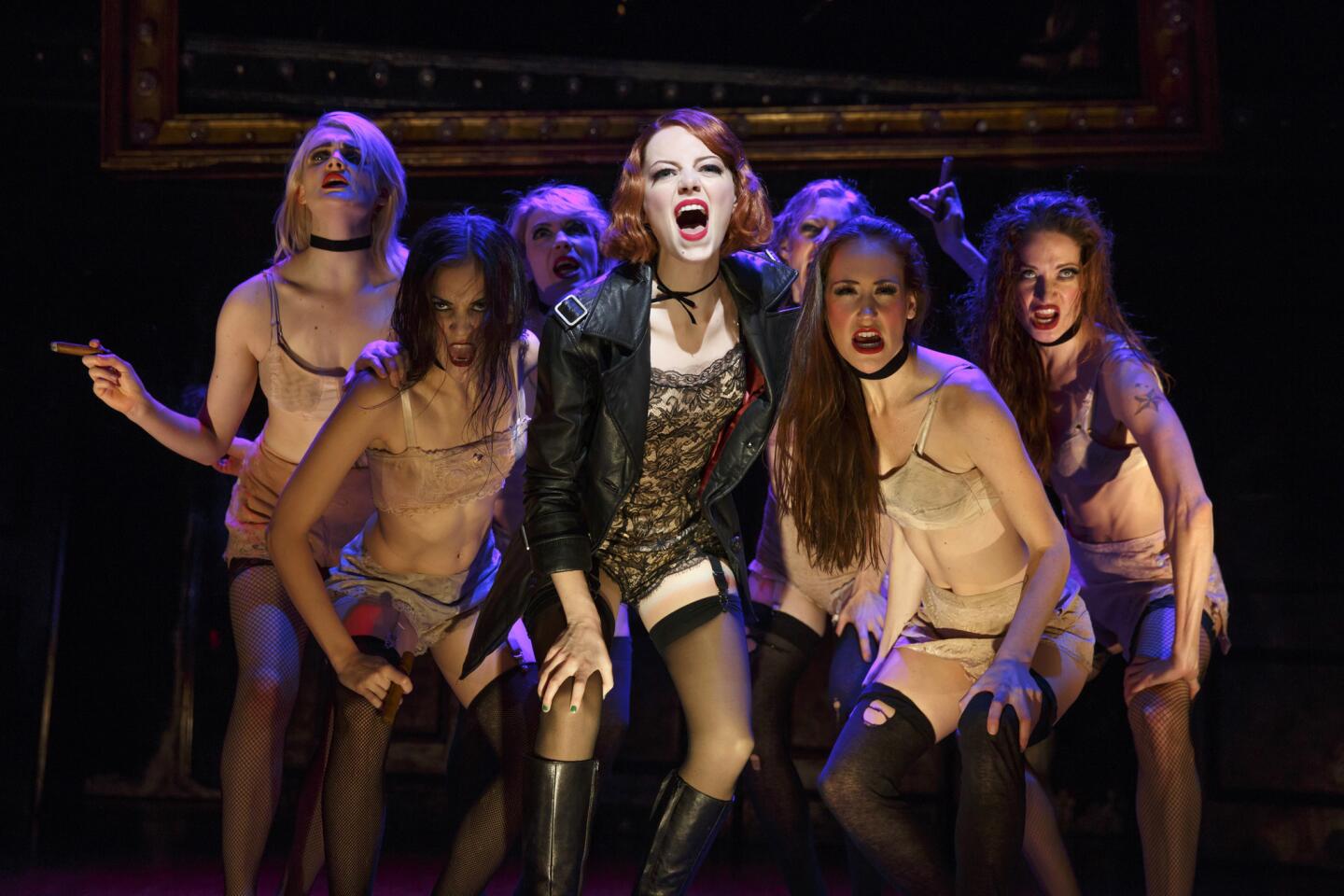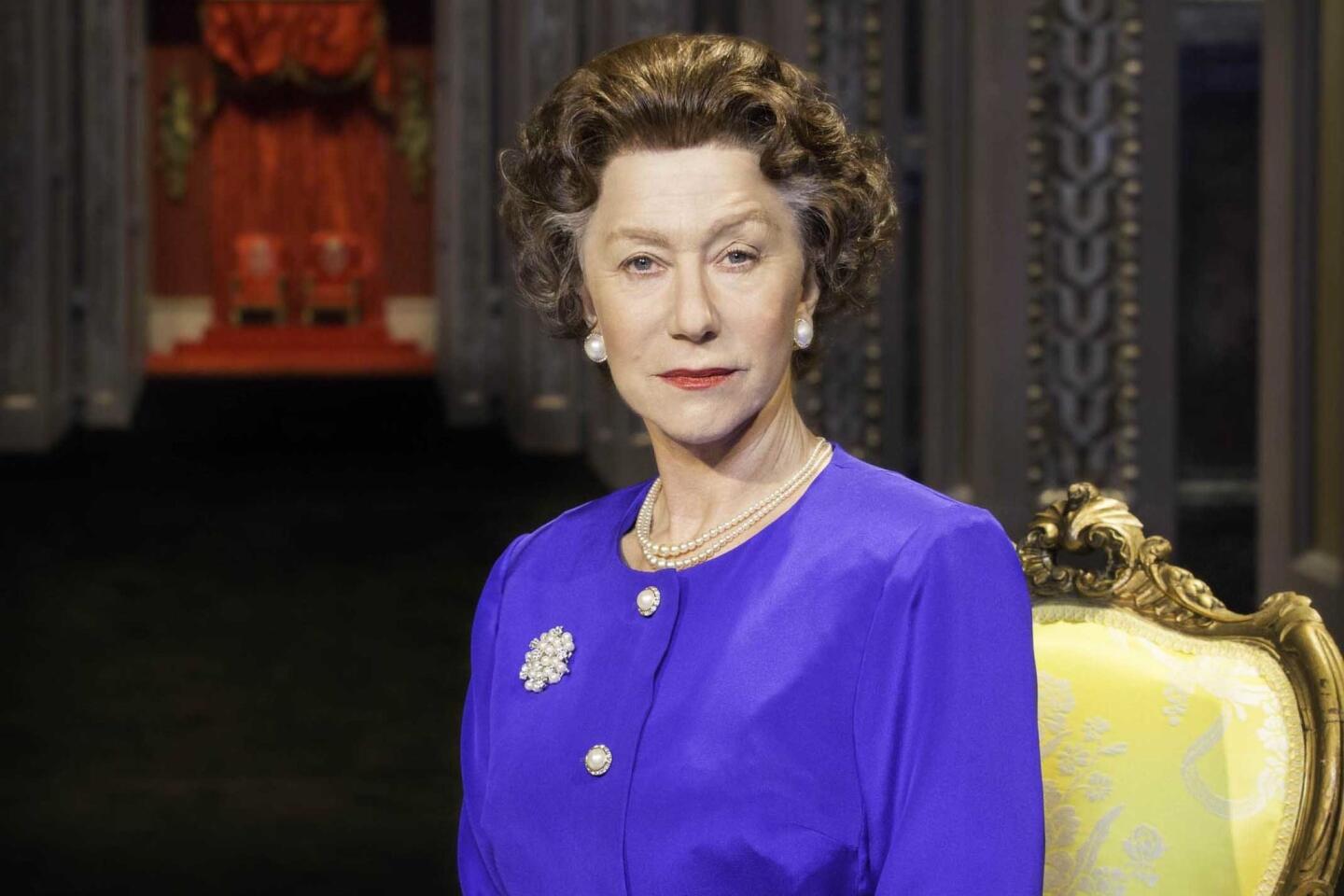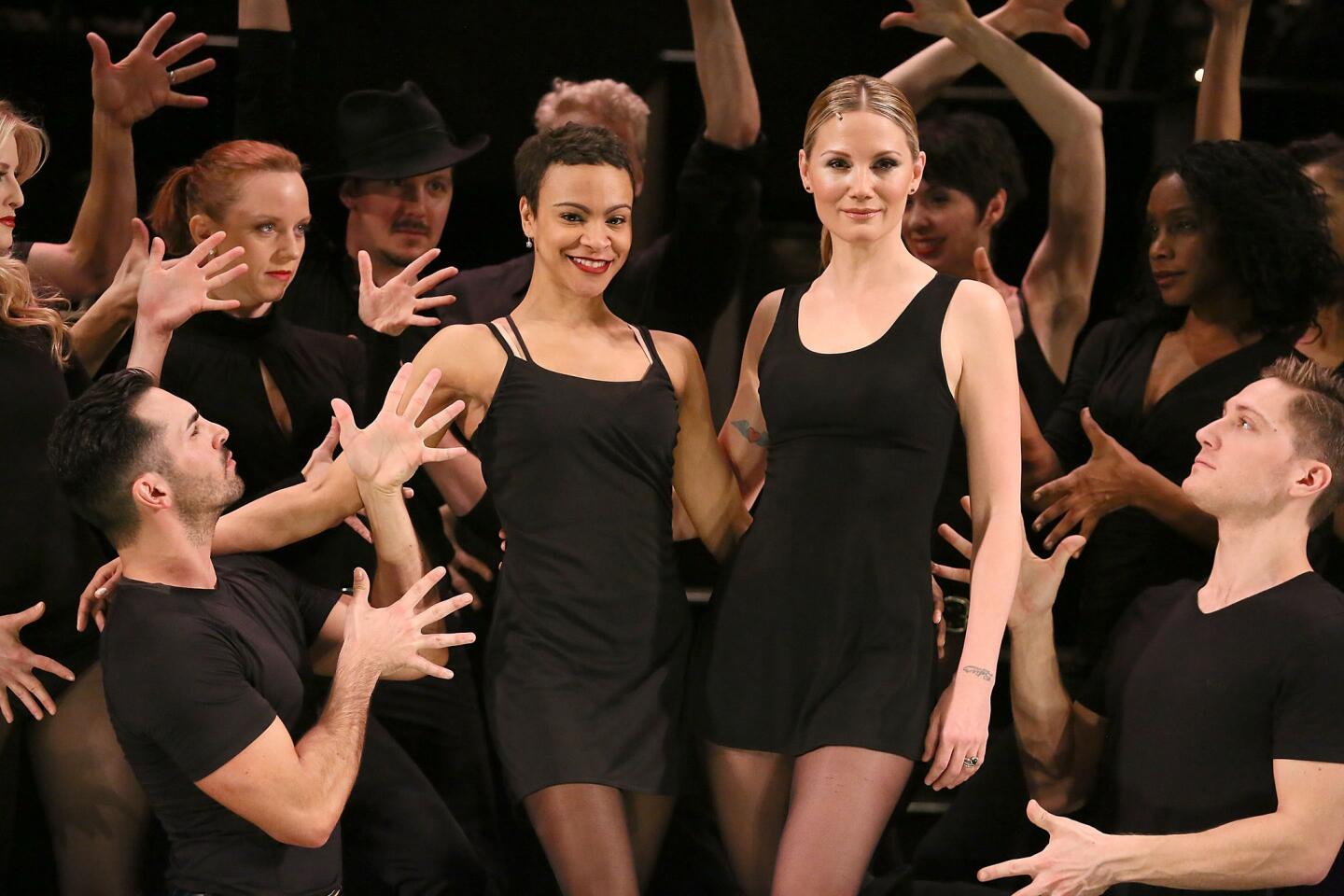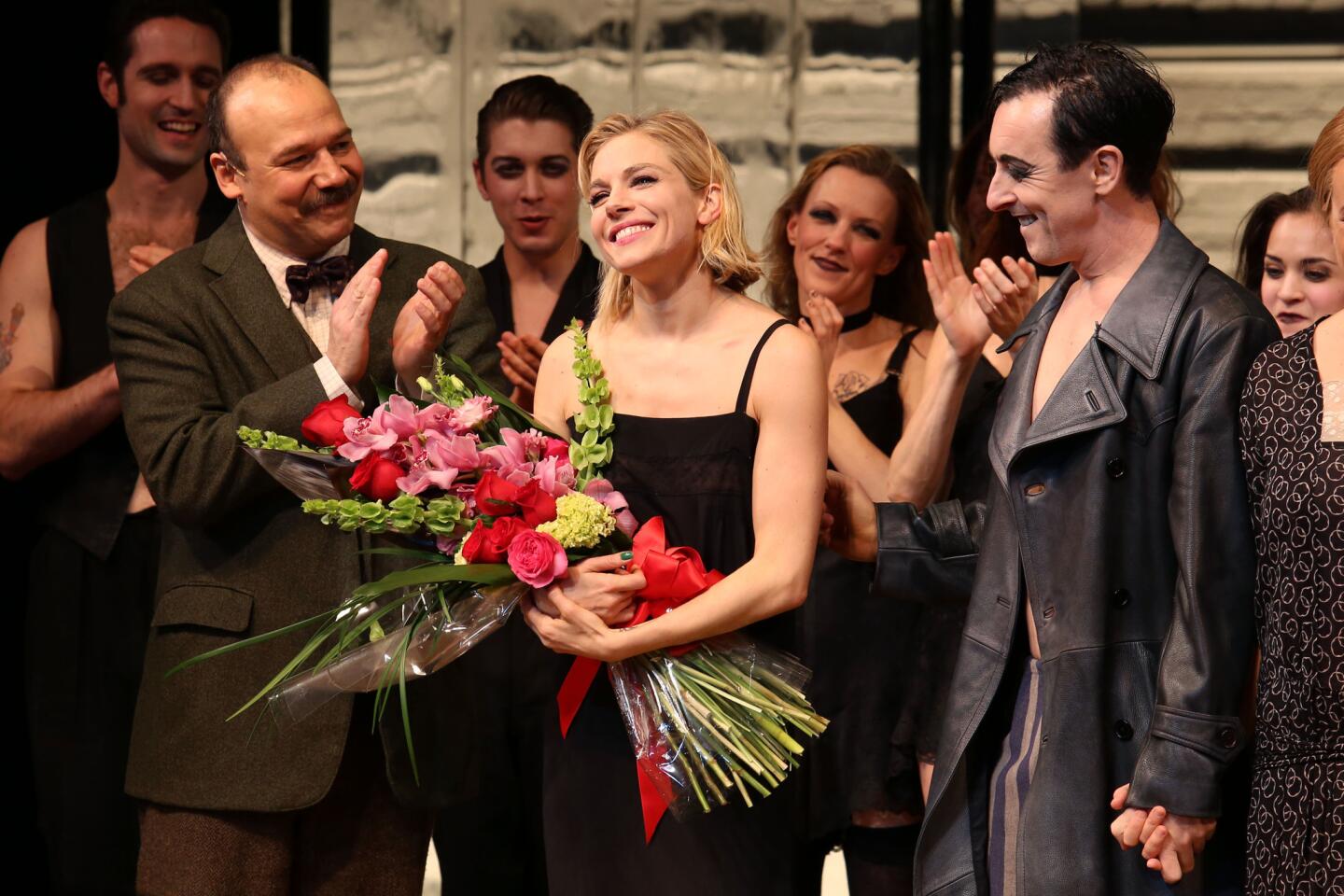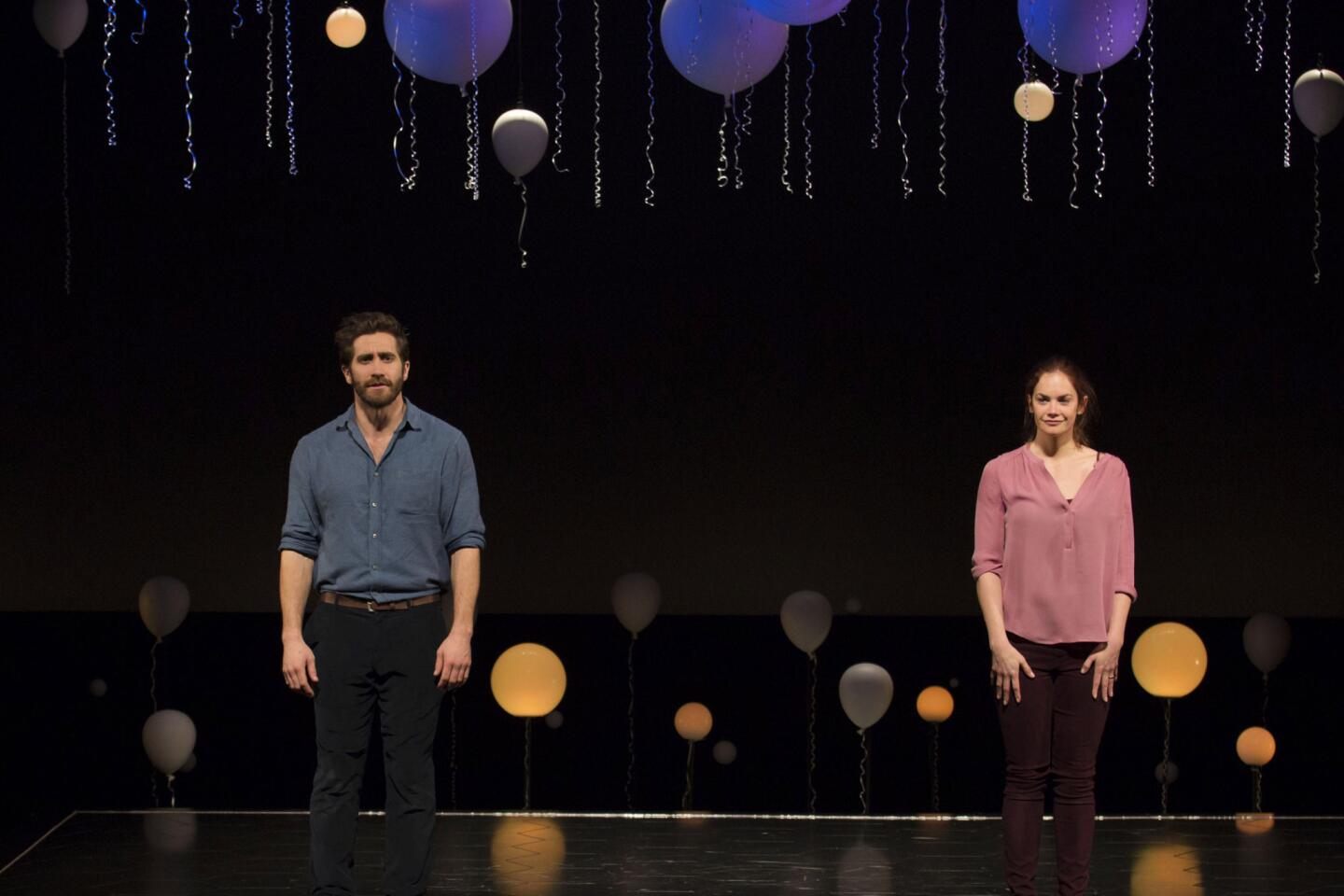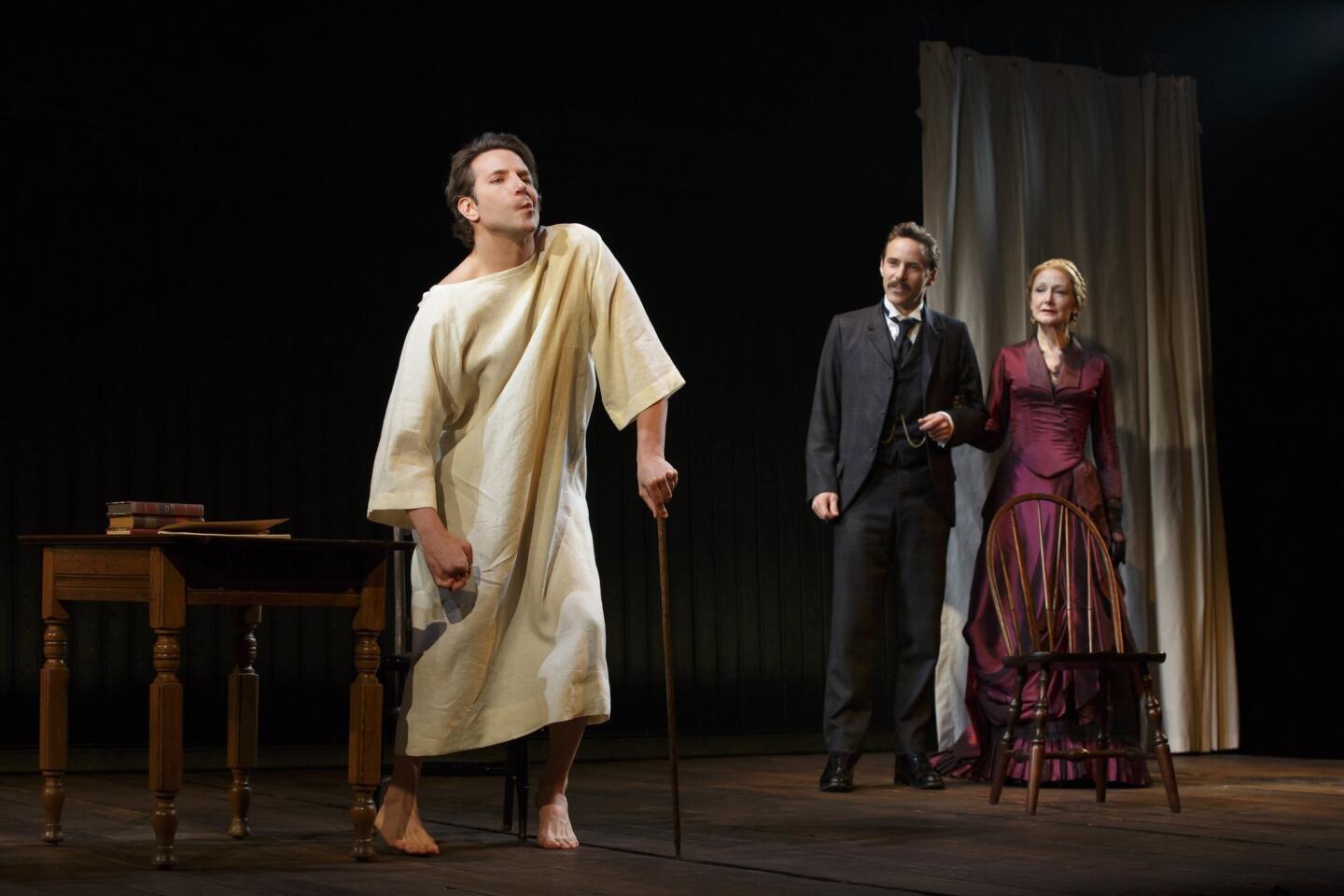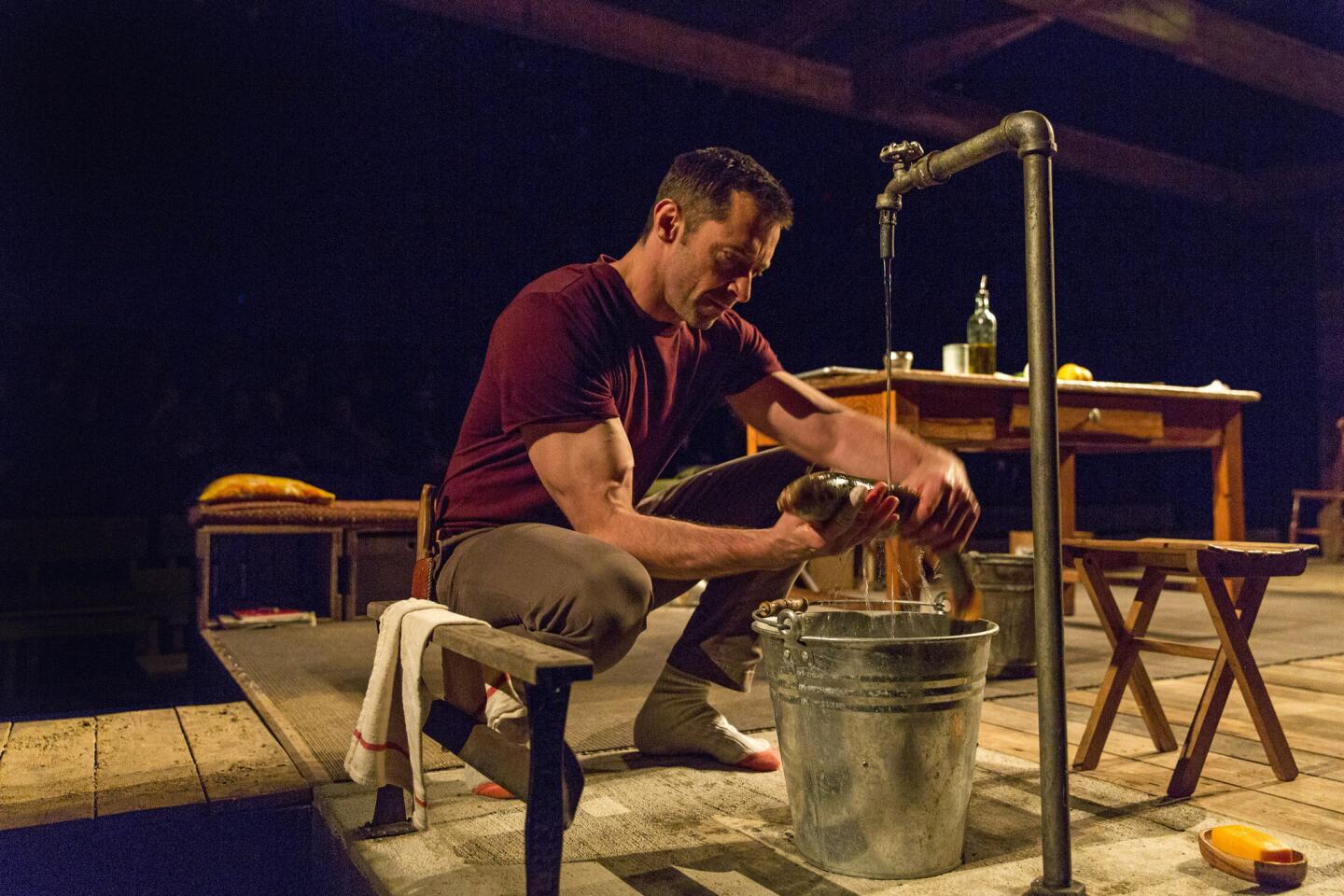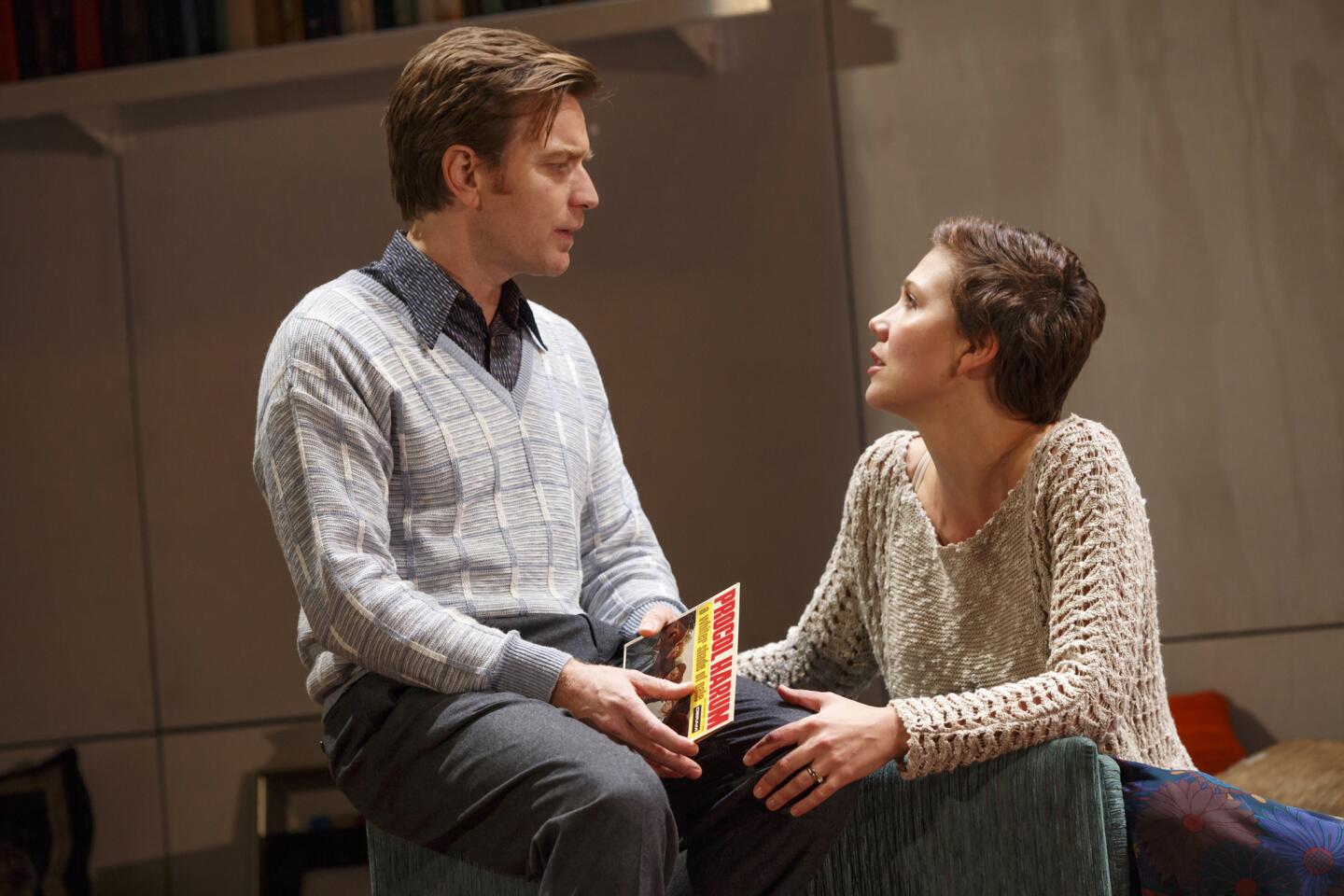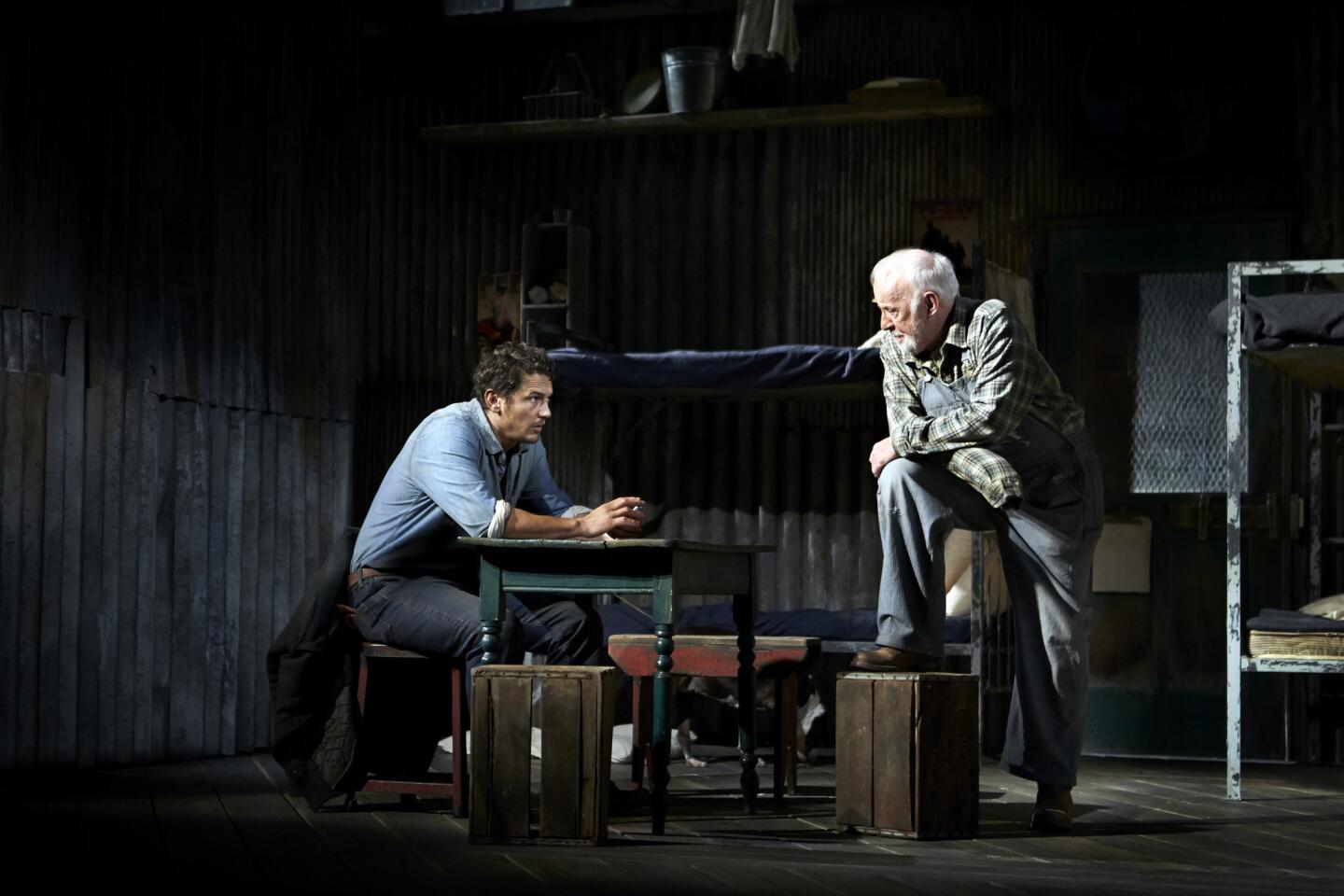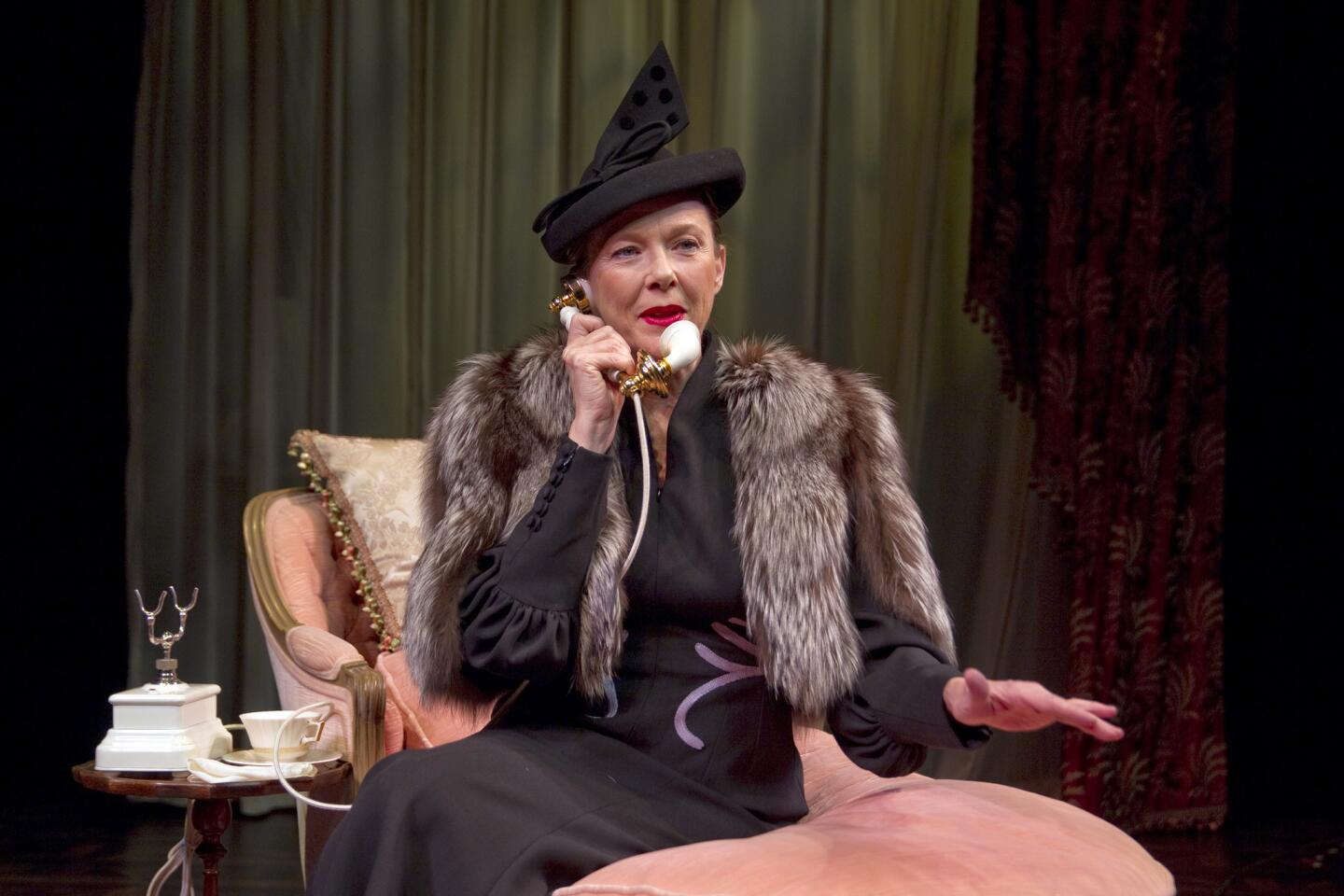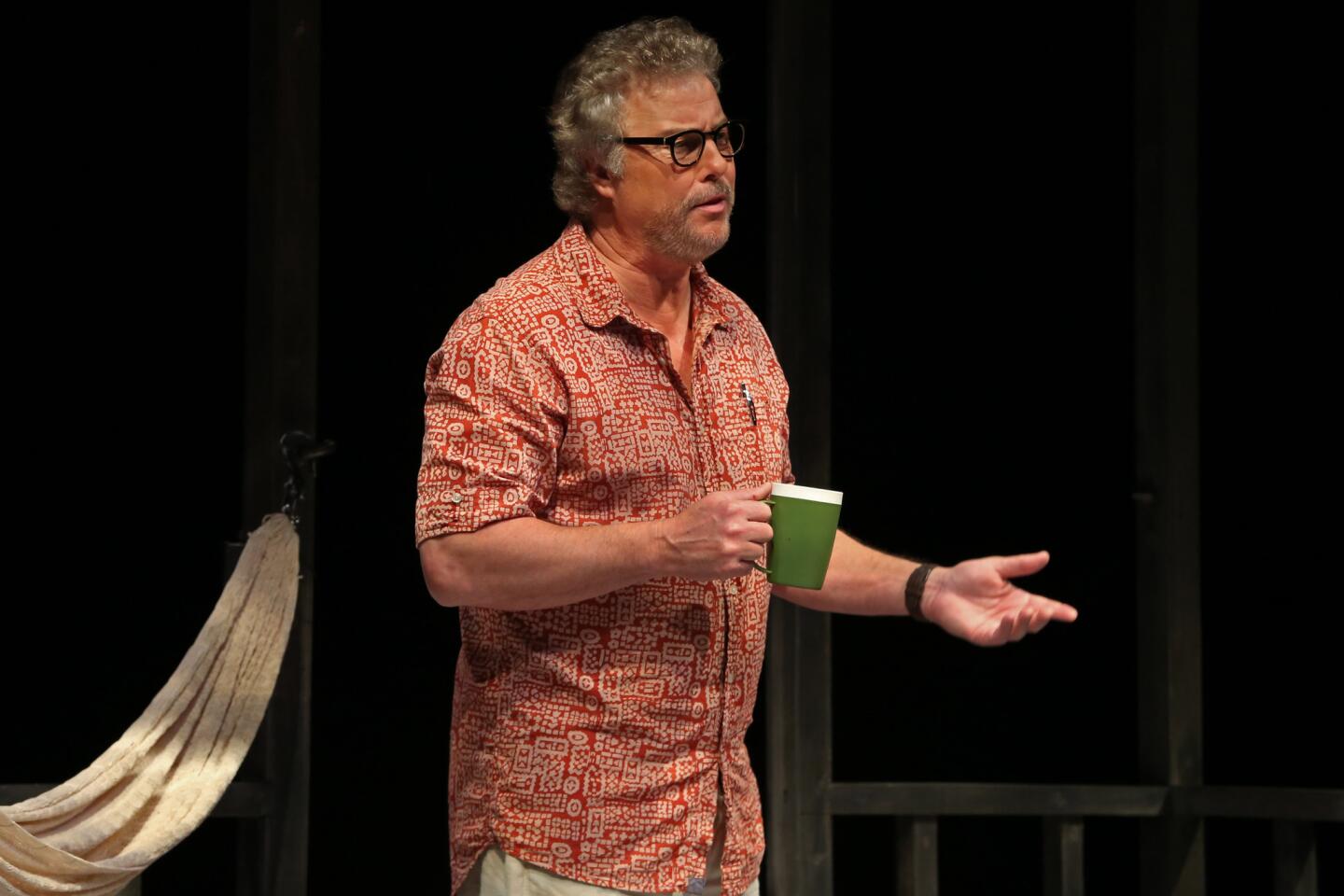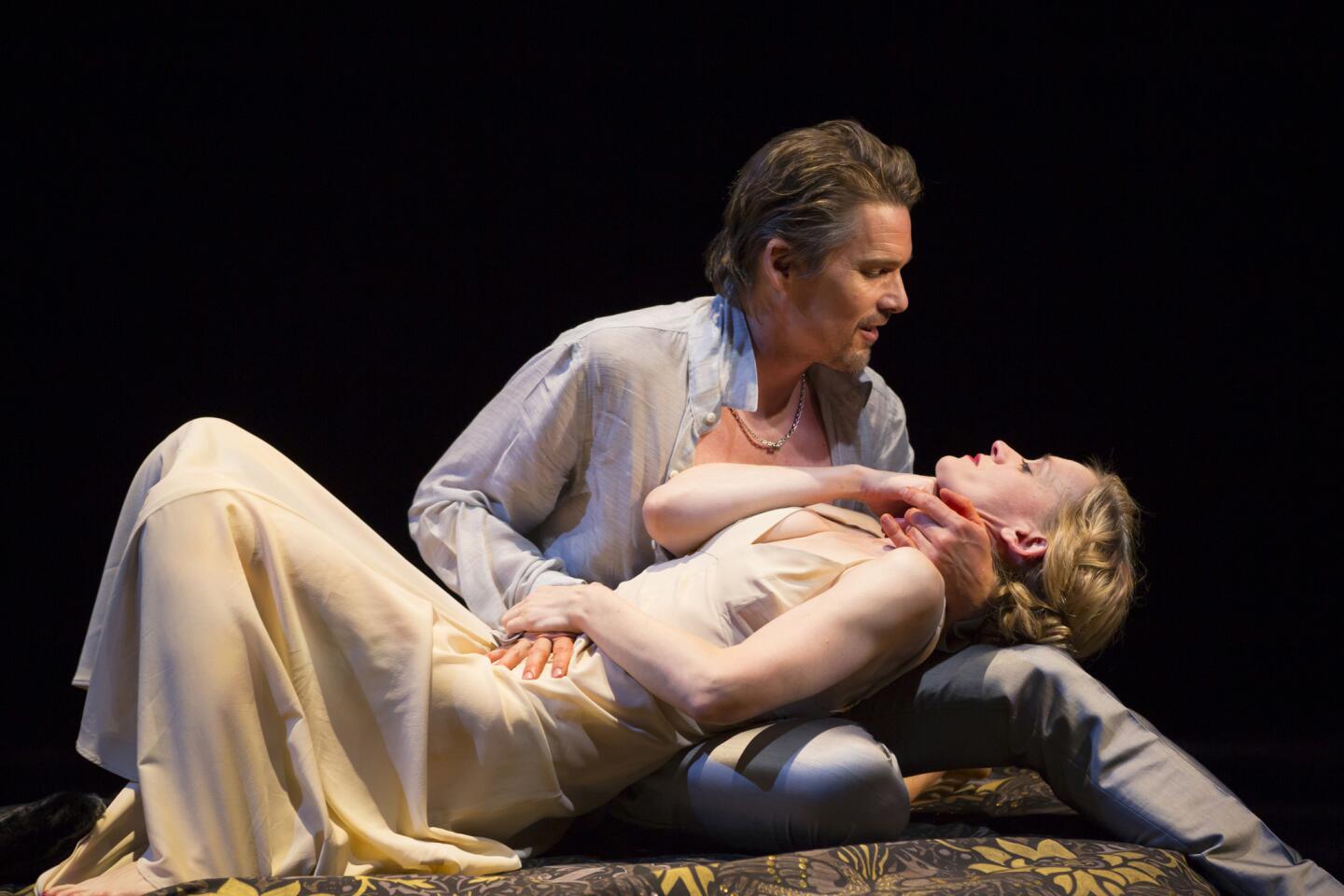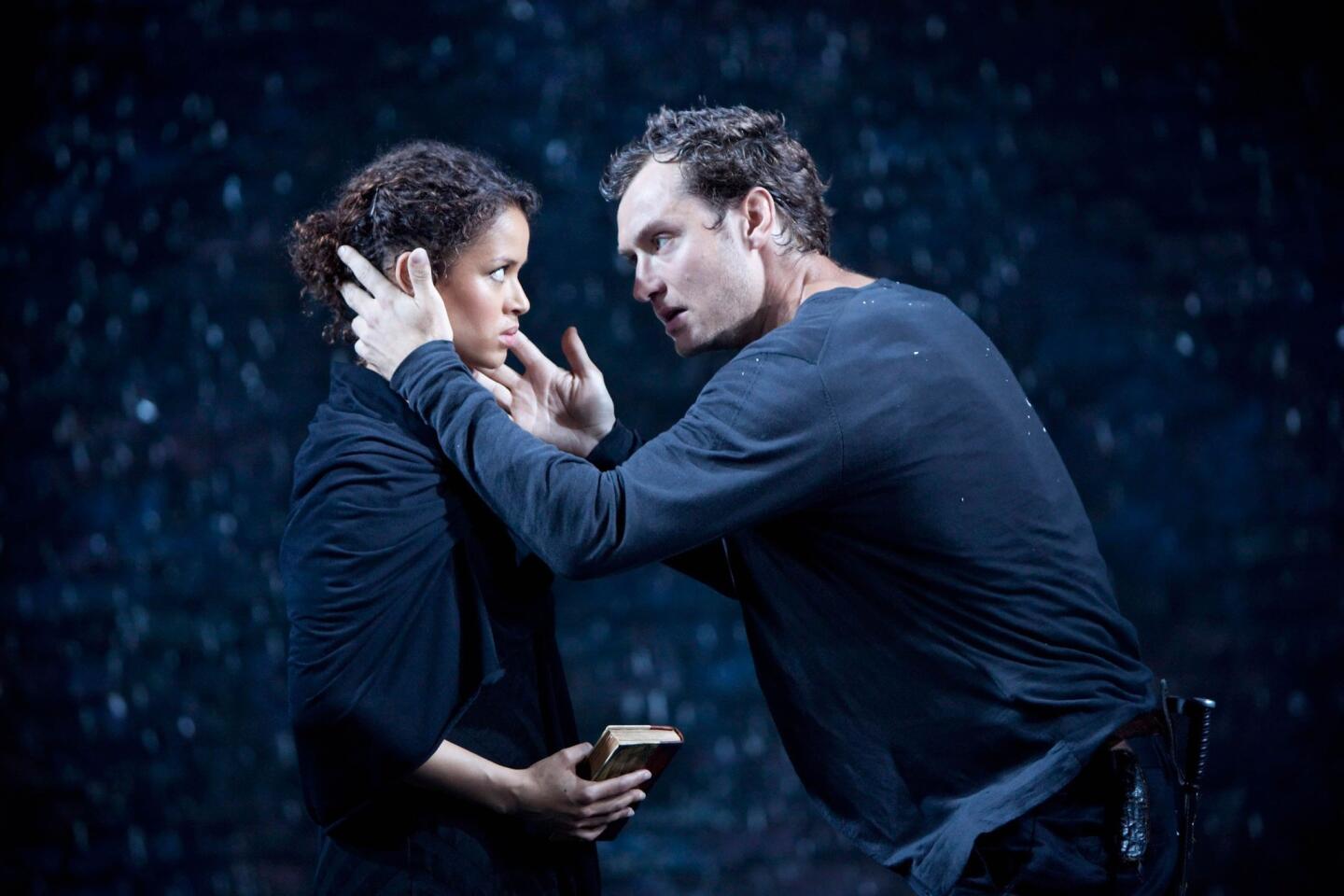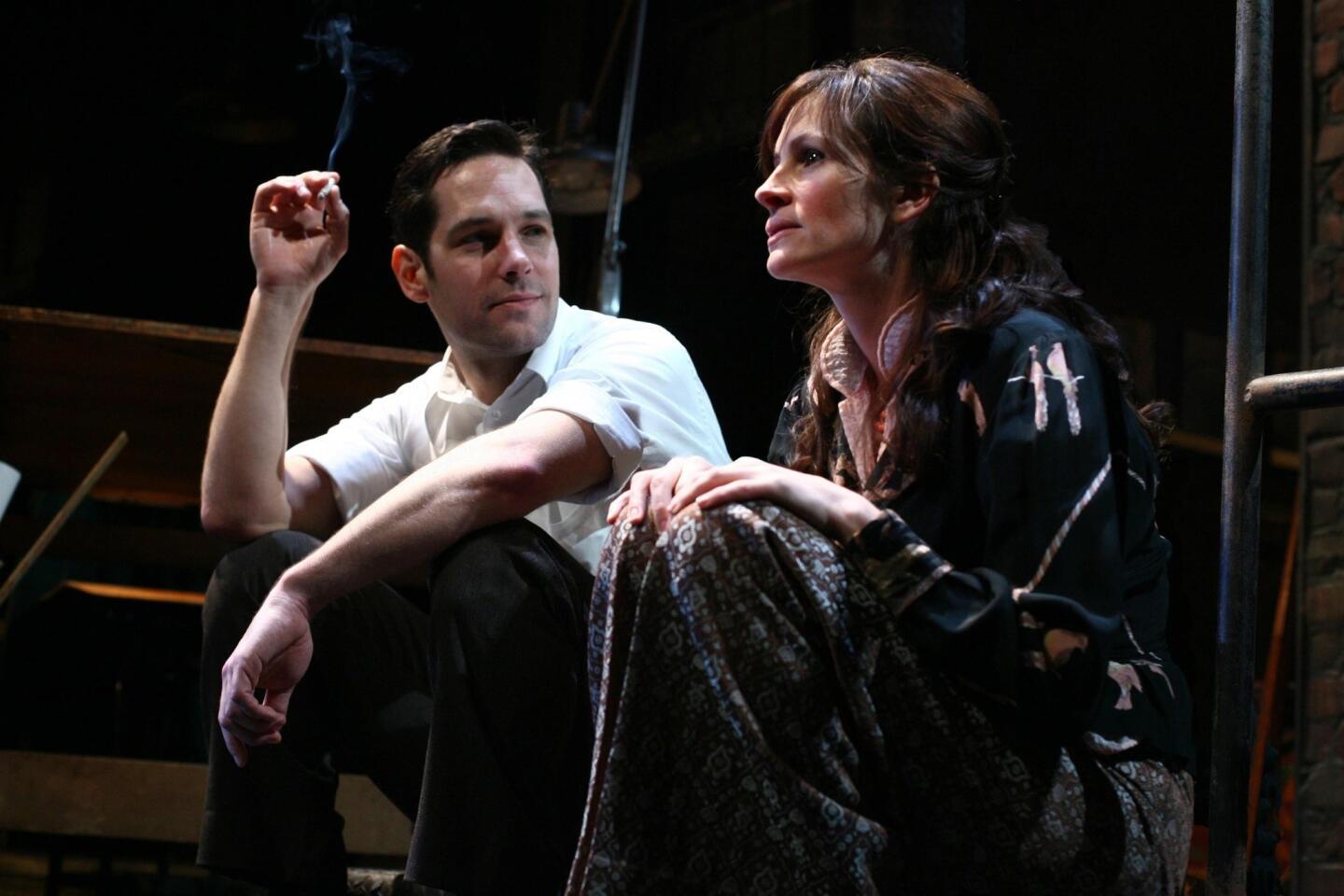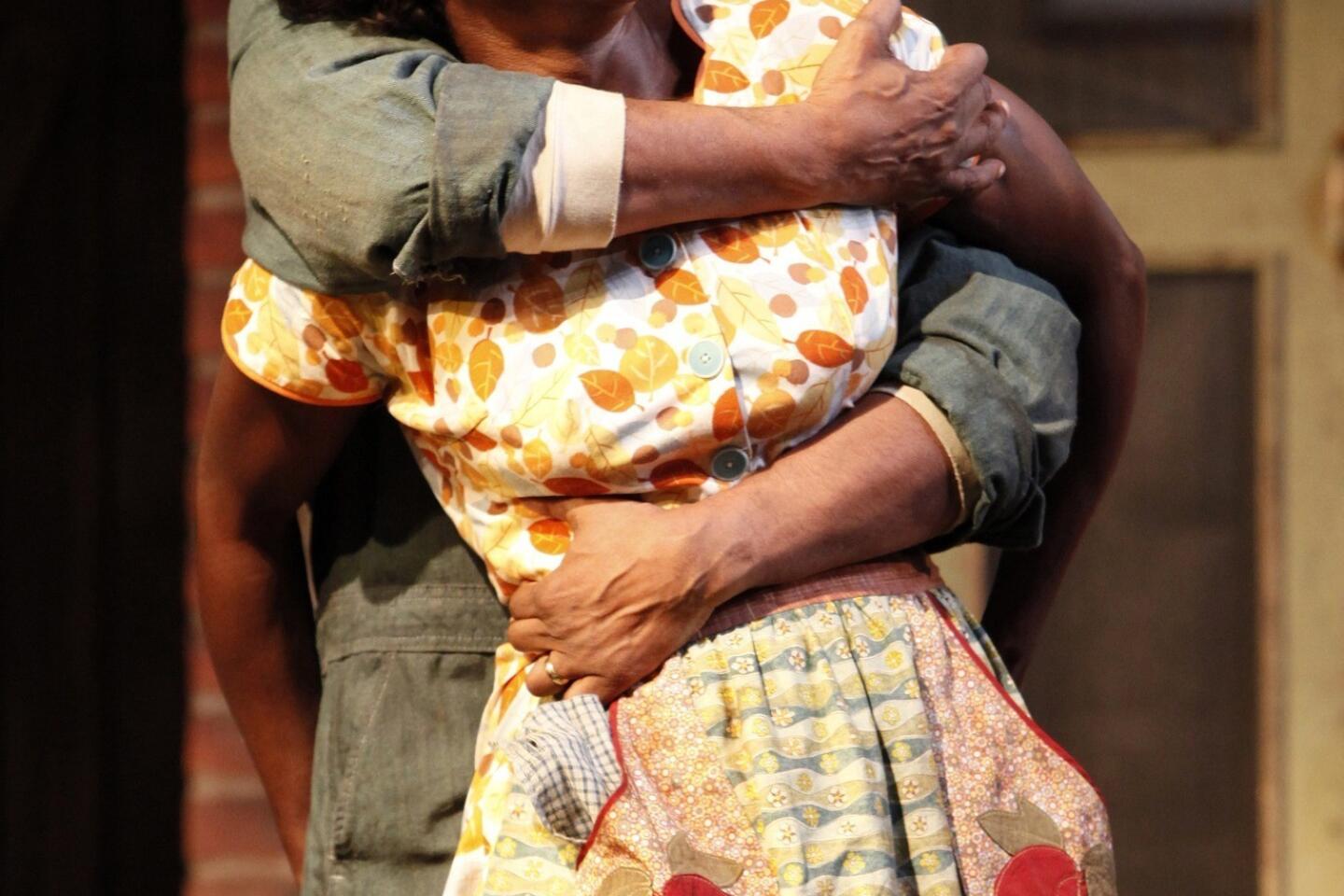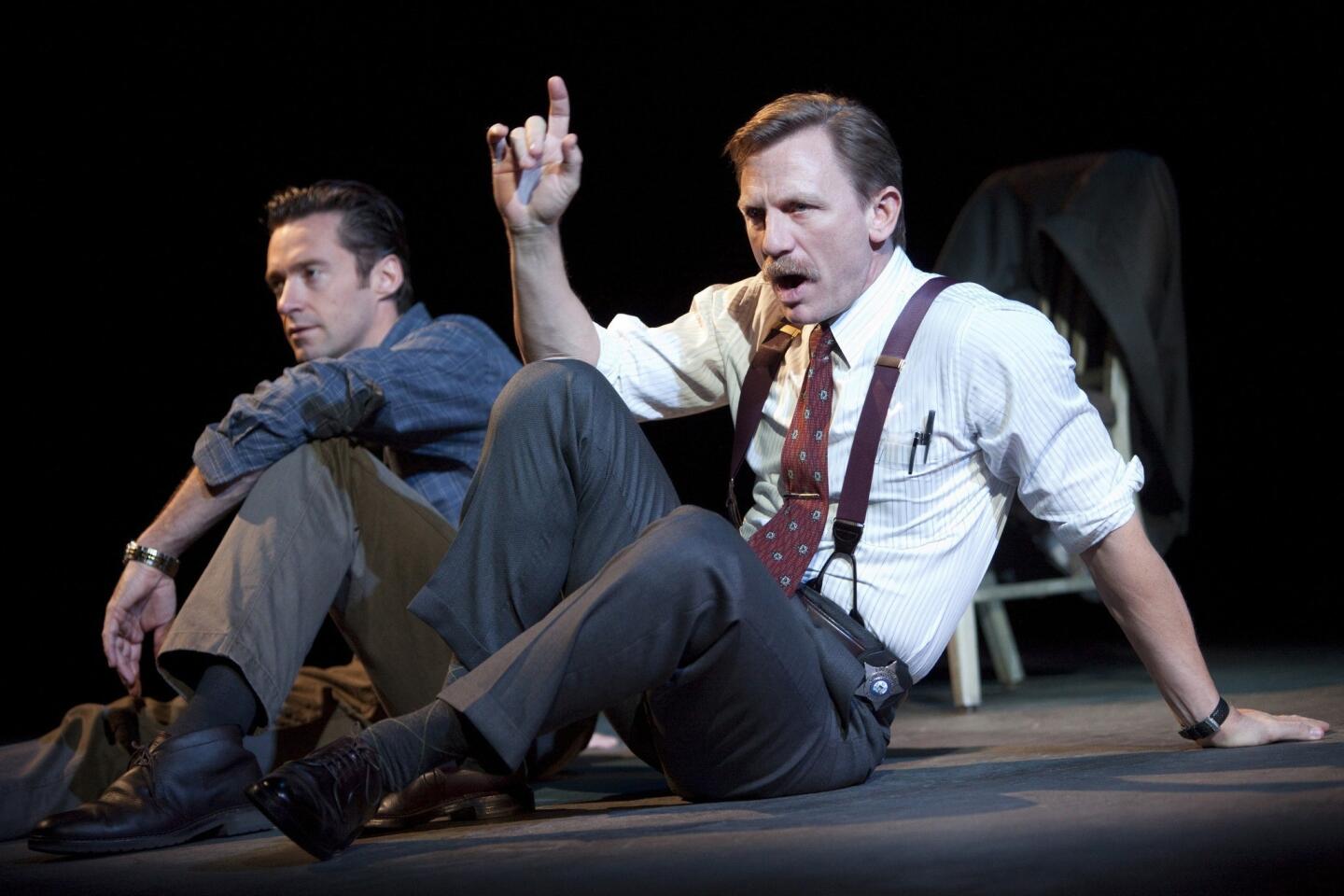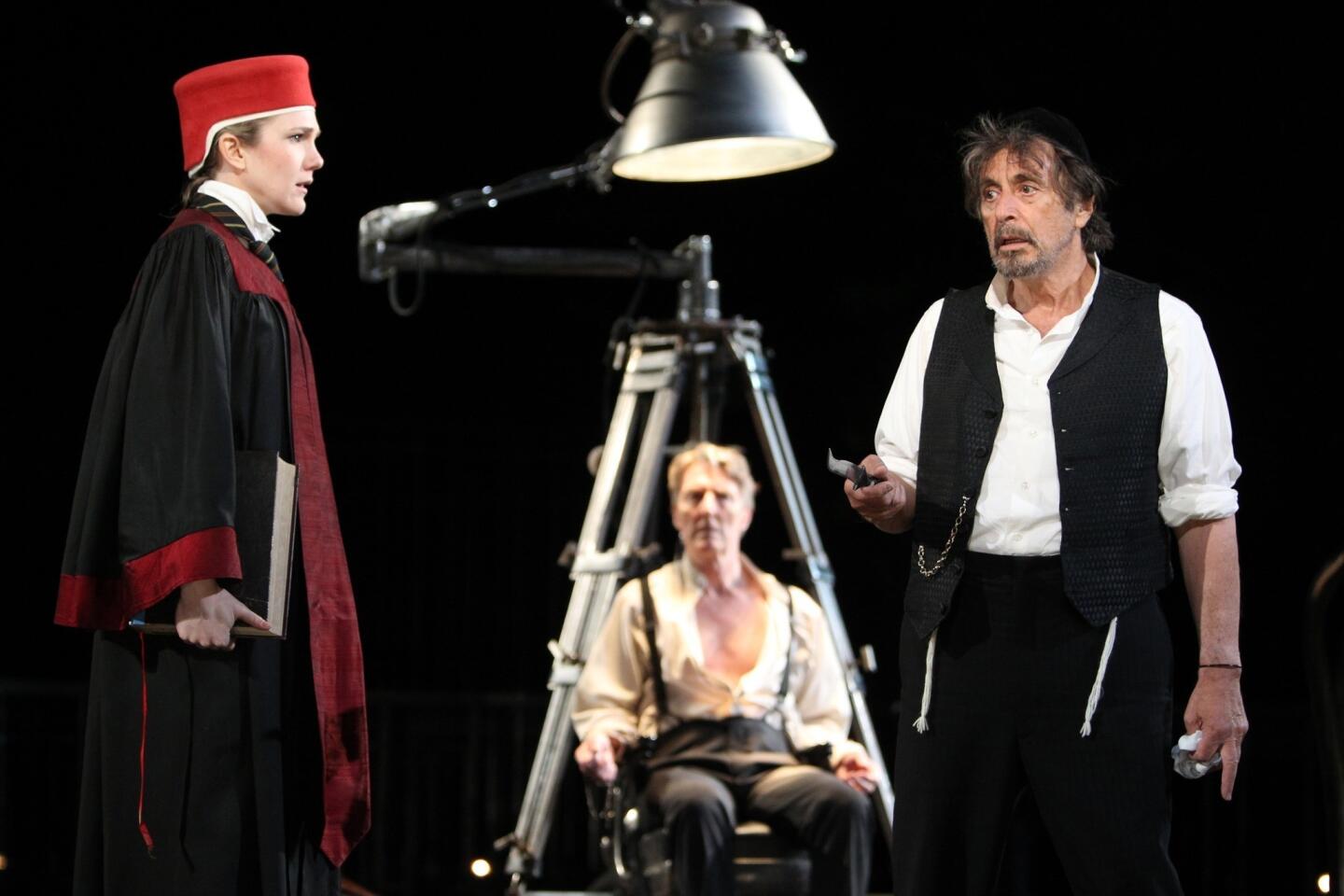Review: Fiona Shaw fleshes out âThe Testament of Maryâ
NEW YORK â Sucking on a cigarette and swigging from a bottle of spirits, the Virgin Mary isnât looking all that virginal in Colm TĂłibĂnâs defiantly strange, inescapably controversial and at moments intensely gripping dramatic experiment âThe Testament of Mary.â
If she seems distinctly Irish that is because the play, which had its Broadway opening Monday at the Walter Kerr Theatre, is being performed by the powerhouse Irish actress Fiona Shaw, known to many as Harry Potterâs aunt but awarded an honorary Commander of the Order of the British Empire for her stage genius.
Her fierce virtuosity transforms TĂłibĂnâs extended monologue into a full-blooded theatrical portrait. Alone onstage, she relives her famous sonâs story not as it has been officially passed down by the Gospel writers but as she experienced it with a motherâs grieving heart.
PHOTOS: Best in theater for 2012
Delivering her version of events in the shadows of those standing guard of New Testament orthodoxy, this solitary and subversive Mary combines the sorrowful bitterness of Medea with the brooding frustration of Hedda Gabler and the indomitable chattiness of Winnie from Beckettâs âHappy Daysâ â three characters Shaw has put her inimitable stamp on.
But the incantatory power of her acting recalls even more another of her grand achievements in the theater with director Deborah Warner, her rendition of T.S. Eliotâs âThe Waste Land,â a project in which Shaw channeled voices and issued forth presences like a medium at a turbo-charged sĂŠance.
Warnerâs production, directed with the meticulous scenic care of an art installation, first presents Mary as she has been traditionally presented â as a symbol of maternal love and purity. Before the play begins, audience members are invited to come up on the stage and view the artifacts, which include Shaw herself, head draped and holding flowers, on display as Mary in a glass box.
The term âiconâ has lost much of its meaning, but the original Madonna has a claim on the word that supersedes even that of the pop star who impertinently borrowed her name. The Renaissance masters have given us countless images of Jesusâ mother, but their depictions are voiceless. She is an object, not a subject.
In âThe Testament of Maryâ she does something that is almost unimaginable â she speaks. And the words TĂłibĂn gives her are not at all what we might expect. They are highly opinionated, often exasperated and anything but meek and mild.
FULL COVERAGE: 2013 Spring arts preview
She refers to the retinue Jesus has acquired as a âgroup of misfits.â She says that whenever she has seen more than two men together she has seen âfoolishnessâ and âcruelty.â And she speaks disdainfully of all âthe high-flown talkâ of miracles that has the authorities anxiously tracking her sonâs every move.
This Mary scorns religious zeal. âSomething about the earnestness of those young men repelled me, the sense that there was something missing in each one of them,â she says of her sonâs followers who flocked to her home to sit at his feet. And the way Jesus talked to these visitors, âhis voice all false, and his tone all stilted,â bothered her in no small part because it excluded her.
The guiding perspective here is female-centered rather than feminist. Mary trusts her senses more than she trusts the ideologies of men. But for all her independence, she is first and foremost a mother recounting her futile and self-professedly unheroic attempts to save her sonâs life.
Thereâs something inherently dangerous in creating a drama around the Blessed Virgin Mary, as she is known by the Catholic faithful. Yet the tone is too compassionate for blasphemous intentions.
TĂłibĂnâs play, which exists in an extended form as a novel, is part of a tradition of religious art that wants to examine biblical stories from a more realistic perspective. Caravaggioâs âThe Death of the Virgin,â with its stark depiction of Maryâs bodily remains and its prioritizing of the seen world over the unseen world, would seem to have provided the playwright with a daring model.
PHOTOS: Arts and culture in pictures by The Times
But just as Caravaggio includes a faint halo in his painting, TĂłibĂn leaves enough ambiguity for miraculous possibilities. The rising of Lazarus, harrowingly recounted by Mary, may not have happened exactly as recorded, but something occurred that challenged the natural order in a way that is far more frightening than a believer would care to acknowledge. (Lazarusâ post-resurrection wailing and difficulty in swallowing tell a chilling tale.)
As for the conception story, Shawâs Mary injects a note of sly sarcasm as she recalls the official doctrine being explained to her. âI barely listened,â she says. âI knew what happened.â
TĂłibĂnâs writing is elegant, rhythmic and vivid, but itâs prose by a fiction writer and essayist whose primary medium is the page. His text, though it started as a play, is more impressive as a novel. In its dramatic format, thereâs an occasional choppiness to the transitions and the ending is abrupt.
Warner is an ideal collaborator for TĂłibĂn because sheâs able to set the beauty of his language theatrically aloft in a production that makes the minimalist most of its resources on Tom Pyeâs dreamscape set, in which a ladder and the memory of an âindignant birdâ feeding on the bodies of hares are all thatâs needed to invoke the crucifixion.
Jennifer Tiptonâs painterly lighting, Ann Rothâs spare costume design (inspiring Shaw to become another character with the simple addition of fabric draped over a shoulder) and Mel Mercierâs original music and sound design establishing the eerie atmosphere of a religious thriller all help to create stunning tableau effects.
But âThe Testament of Maryâ belongs to Shaw, one of the most versatile and commanding stage actresses in the English-speaking world. Her voice infuses TĂłibĂnâs writing with living color and her emotion forcefully clarifies the point of this risky and very un-Broadway-like theatrical endeavor â to find grace and redemption in the honesty of flesh and blood.
More to Read
The biggest entertainment stories
Get our big stories about Hollywood, film, television, music, arts, culture and more right in your inbox as soon as they publish.
You may occasionally receive promotional content from the Los Angeles Times.
